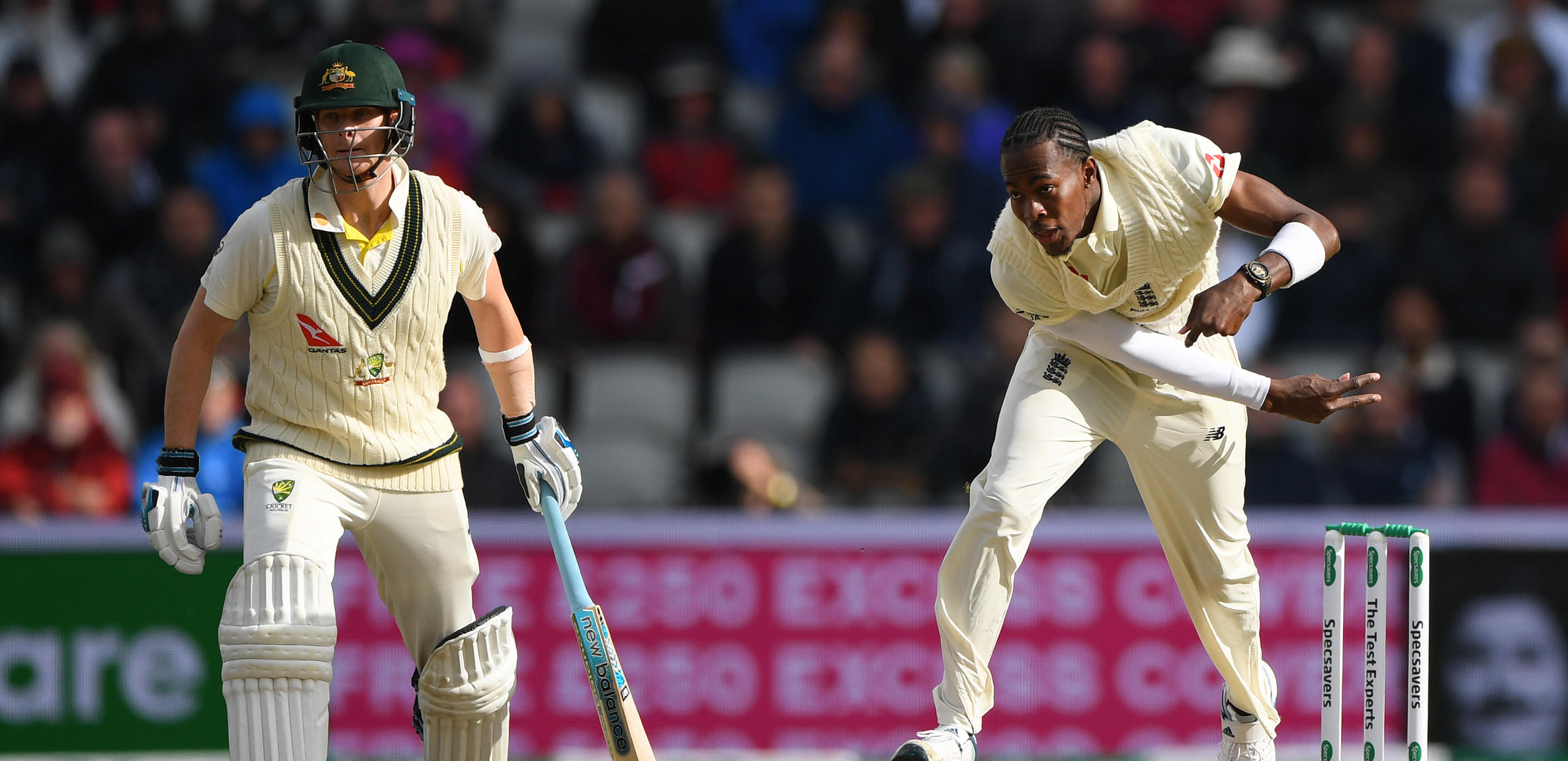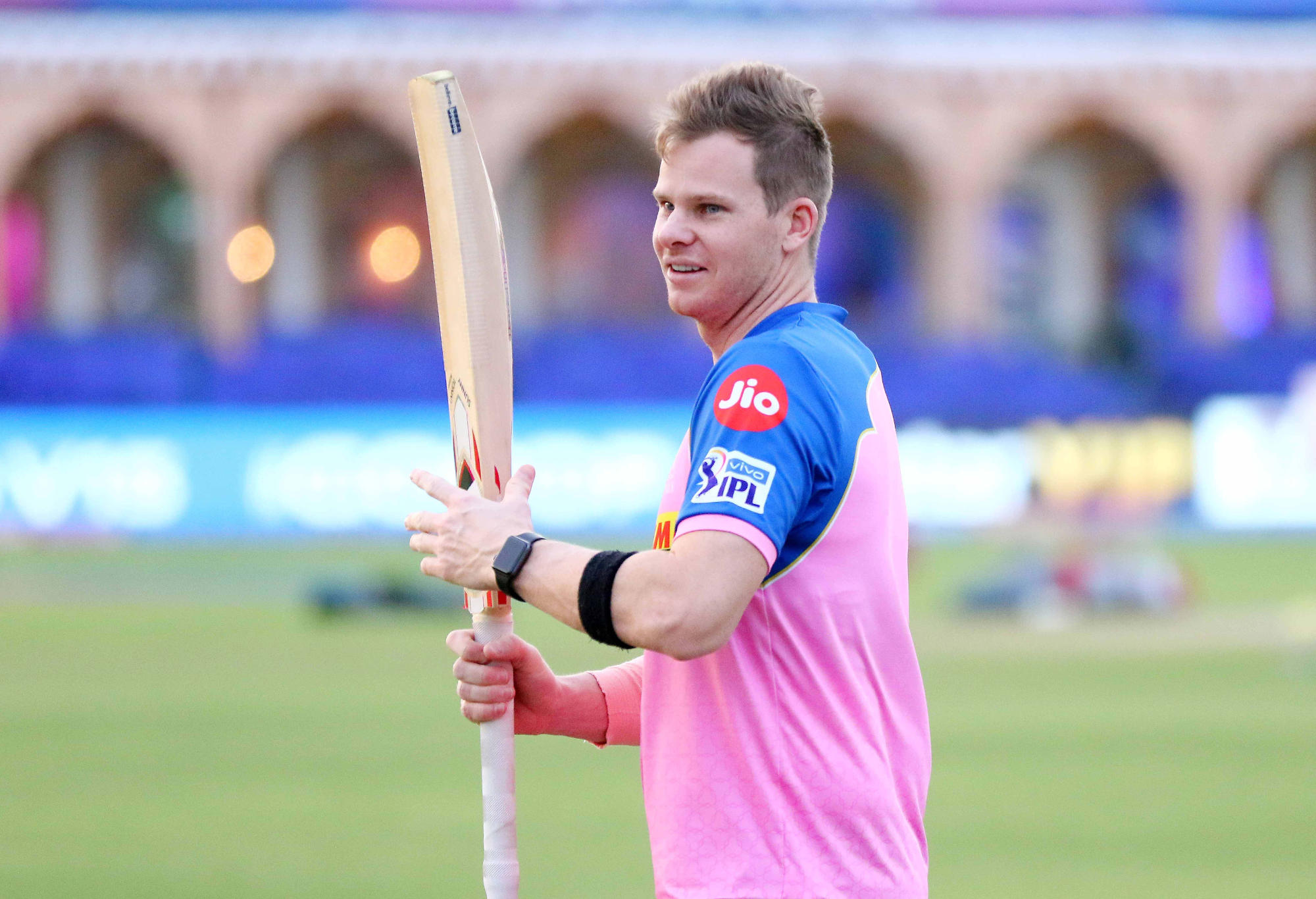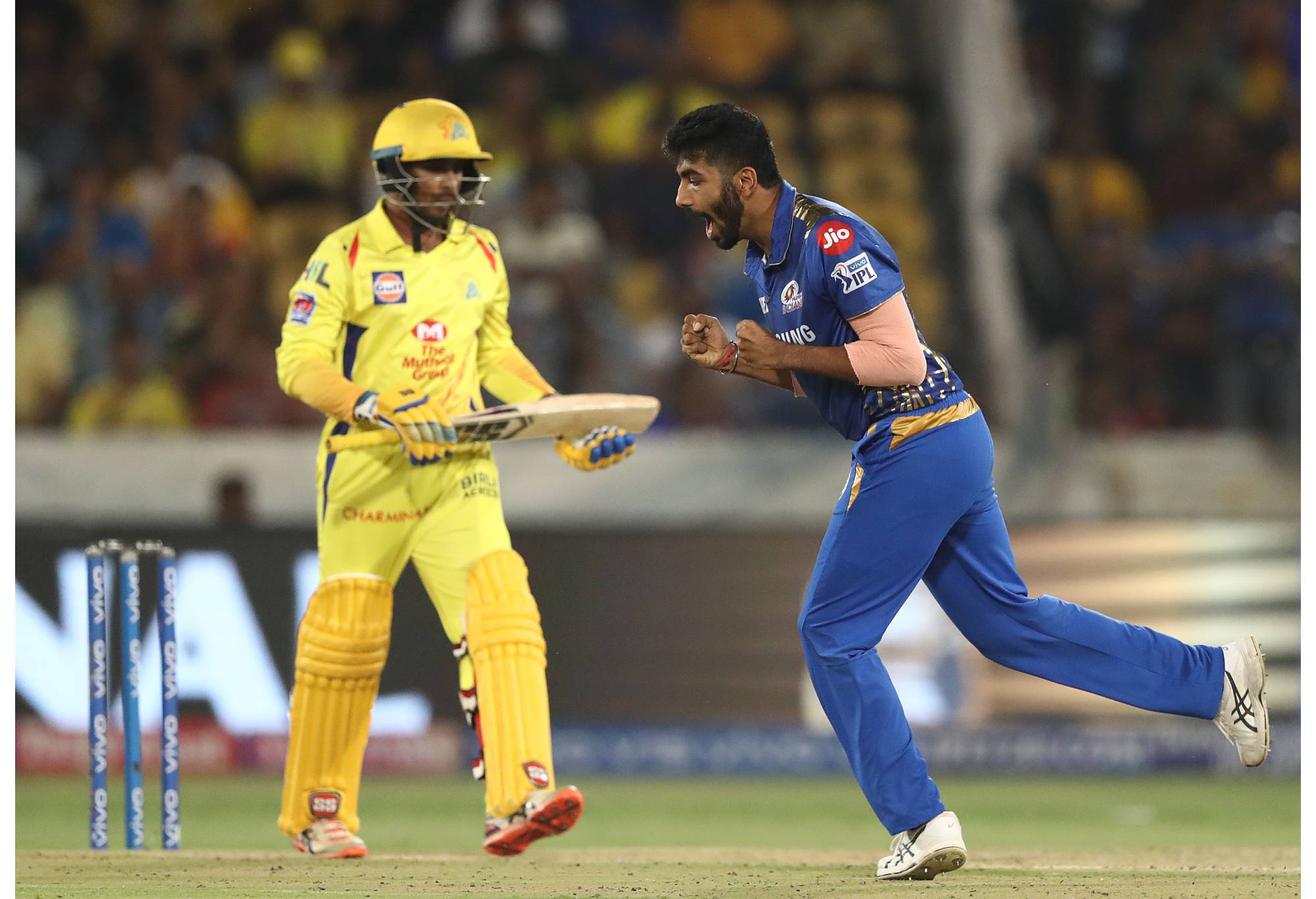The best of times for Test cricket over the next few months could be quickly followed by the worst of times as the sport deals with its age of wisdom and foolishness, its epoch of belief and incredulity.
Charles Dickens was quite the cricket fan and his A Tale of Two Cities is now being played out in the sport as A Tale of Three Formats with the most lucrative one threatening to wipe the others out.
Dickens made many references to cricket in his books and it is part of the sport’s folklore that the first English team’s tour to Australia in 1861 came about as a replacement for the famed author, who had refused to travel to the great southern land for a series of readings because it was too far away from old Blighty.
And he was known to rail against cricket’s institution, complaining about ticket prices: “the London masses do not care much for cricket, probably because they have little chance of exercising any taste they may have for the noble game. But if they did, the half-crown gate-money would effectively keep them out.”

Steve Smith looks on as Jofra Archer bowls. (Photo by Stu Forster/Getty Images)
There’s much more than a half crown on offer these days and the astronomical profits from the Indian Premier League have put cricket on an irrevocable path towards revolution.
With reports emerging recently that the likes of Jofra Archer will be offered multimillion-dollar year-long deals that will dwarf the national central contracts, cricket is reaching one of its most monumental chapters in its history.
Tom Moody, who has lived and breathed all aspects of elite cricket as a player, coach, administrator and commentator, likened the current state of play to the Packer revolution of the late 1970s on The Grade Cricketer podcast this week.
It’s not an in-your-face attack on cricket’s establishment this time around like when Packer seized control of cricket in 1977 by signing up a lot of the world’s top talent.
This time around it’s a subliminal shift with bullish business moguls from India wanting to expand beyond their current limited IPL timeframe to attain greater prominence.
Cricket’s day of reckoning is coming – likely after the World Cups for ODI later this year and the T20 format midway through 2024.
The IPL’s next mega auction is due to be held in 2025 when the 10 franchises can only retain 3-5 players and the resulting bidding frenzy leads to salaries skyrocketing.
If the reports are correct that Archer could be offered an astronomical amount to sign an annual contract with the Mumbai Indians and only play for England when he’s released by the franchise, his decision could be a game-changer for cricket.
Under that scenario, he’d represent MI in the IPL and then be drafted into their various subsidiary T20 teams in South Africa, the UAE and America, where Major League Cricket starts up next month.
News broke overnight in the UK that opener Jason Roy is terminating his central contract with the ECB to play with Kolkata Knight Riders’s MLC affiliate in Los Angeles with seamer Reece Topley also considering such a move.
Roy’s decision does not mean he will miss any England games and the ECB has said he will still be considered for selection even though his representatives are reportedly discussing a deal to become contracted to the various Knight Riders franchises on an annual basis even though it would jeopardise his chances of representing England at the ODI World Cup in India later this year.
He was only an “incremental deal”, rather than a full contract, worth around $A120,000 with the ECB and stands to earn around half a million dollars in the US.
Roy posted on Twitter that “following a bit of unwanted speculation over the last 24 hours, I wanted to clarify that I am not and never will ‘walk away from England’.”
Earlier this week the director of cricket at each county held a meeting and issued a statement warning the ECB of the need “to undertake he urgent need for a review of the standard player contract”.
Archer is clearly one of the best fast bowlers in the world, when fit, and England would love to have him play whenever he’s available.
Ongoing injuries, mainly to his elbow, have hampered his ability to stay on the field and he will play no part in the upcoming Ashes series.
Since his breakthrough series against Australia in the 2019 Ashes when he took 22 wickets in four matches at 20.27, he’s represented England just nine times in Tests, in seven ODIs and 14 T20s.

Steve Smith during his stint with Rajasthan in the IPL. (Photo by Vishal Bhatnagar/NurPhoto via Getty Images)
He’s still relatively young for a fast bowler at 28 but he may only have five years max left to maximise his earning potential so if he’s confronted with a choice of earning squillions for only playing T20 matches while dipping in and out of national duties when it suits, who could blame him for taking that offer.
England coach Brendon McCullum, who is perhaps better placed to comment on these matters than anyone as a former New Zealand Test cricketer who has played and coached in the IPL, said it would be “completely naive” to think players will turn their back on a not-so-small fortune purely for the honour of representing their nation.
“Those days are fast approaching to be over. It’s definitely a shifting landscape and you’ve just got to be fluid,” he told SEN in New Zealand. “You’ve got to work with these players, you’ve got to work with these leagues and try and allow ideally players to have their cake and eat it too because you want your best players playing.”
Money was one of the main factors behind all-time greats like Greg Chappell, Rod Marsh and Dennis Lillee turning their back on Australia’s anachronistic authorities when World Series Cricket presented a much more lucrative alternative.
Steve Smith has hinted at various times recently that he could be pulling the pin on his international career sooner than you think.
He turns 34 next week and the possibility of playing out the final years of his career in the T20 leagues, including a place he has an affinity with like the US, could tempt him to forgo Test caps to not only extend his playing days but give his bank balance an enormous jolt if he also gets an offer too good to refuse.

Jasprit Bumrah celebrates a wicket for the Mumbai Indians against Chennai Super Kings. (Photo by Robert Cianflone/Getty Images)
Test matches themselves are again in the firing line with Rajasthan Royals owner Manoj Badale recently saying on the BBC’s Tailenders Podcast that the traditional format of the game should be played as an annual event like Wimbledon “at the same time every year”.
Badale said it should be played between “a small set of nations that can actually afford it”.
No hidden agendas here. It’s all very transparent – he is openly saying he wants to shrink Test cricket’s spot on the calendar so there’s more room for the lucrative T20 leagues.
There has also been plenty of debate about whether India should have even more, or less, influence after Cricinfo revealed recently the ICC’s new finance model.
The projections are for cricket’s biggest power player, India, to receive 38% of the US$600 million in estimated ICC’s profits over the next four years.
Their share of the loot will dwarf all other full member nations, including next-best England (6.9%) and Australia (6.25%).
A ballpark figure north of 80% of the ICC’s revenue is generated by the Indian market so there is an argument to be made that they deserve more of a share of the sport’s rapidly increasing revenue streams.

England captain Ben Stokes and coach Brendon McCullum. (Photo by Steven Paston/PA Images via Getty Images)
If they are receiving roughly half of that, is it a case of the BCCI being magnanimous or should they receive even less so the ICC can use that money to grow the game in new markets, particularly in light of the push into America.
Not only is Major League Cricket suddenly appearing on the cricket calendar but the US will co-host next year’s T20 World Cup with the West Indies.
As is the case with most aspects of cricket administration, competing agendas are at play, very few high-ranking officials are saying much of anything and the casual fan of the sport does not particularly care.
It won’t happen overnight but it is happening – cricket’s landscape is shifting dramatically and if the almighty dollar wins out as it usually does, the sport will never be the same again.
































































































